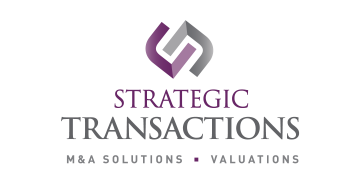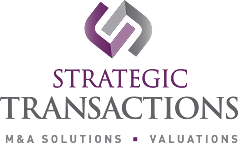A major driver for buyers acquiring businesses is their perception of the future cash flows and profits likely to emanate from that business.
As part of preparing businesses for sale through our Value Discovery programme, we review our sellers’ financial projections and more than occasionally find them wildly over-optimistic.
Included in our “hit-list” of the most common forecasting challenges that owners face are:
CONSTANT GROWTH RATES FOR EXISTING PRODUCTS / SERVICES: The world is chasing faster than ever before. In the industries we cover (food, health and technology) a business is either a “disruptor” or being “disrupted”. If you’re the latter be prepared to be disappointed by buyers offers.
OVER OPTIMISTIC FORECAST SALES OF NEW PRODUCTS: Owners frequently forget the time & pain it took them to get their original cash cows to perform as successfully as they are now. Typically, future product launch dates are too early and the estimated ramp up of sales volumes is unrealistic.
FAILURE TO ALIGN CAPEX WITH SALES: Owners don’t truly consider the required amount of new CapEx to support new innovations, or replacement CapEx to improve efficiency of existing processes.
FAILURE TO ALIGN OPEX WITH SALES: There seems to be an assumption that there’s no need to increase spend on marketing, new product development or expert personnel to support product or process innovation. Somehow a business can jump from having a 10% profit / sales ratio to 50% just by having new products!
FAILURE TO USE DECENT FORECASTING TOOLS: There has been an upsurge in fantastic forecasting software over the past few years. They include Cloud and Desktop solutions, both Excel and non-Excel based. Depending on the level of complexity, I’d include Modano, Futrli, Castaway and many others. Yet owners, their CFO’s and their advisors are still reinventing the wheel and taking days to produce homemade Excel models that don’t pass a simple test of being an error-free model that links together the three standard financial reports. Garbage in, garbage out!
METHOD OF VALUATION: There are several different methods of valuing a business for sale. For businesses above the $10m value mark, we recommend using a Discounted Value Model where risk-adjusted estimated future cash flow streams are discounted by the cost of capital – the required rate of return required by the buyer. Though this DCF method is the “least worst” method, DCF has the capacity to get extremely complex while ending up producing crazy numbers. So use with care!
Finally, on the upside, our business owner clients have been surprised when the offers they’ve received from strategic buyers exceed their own estimate of value. This can be the case when strategic buyers value the value of merged business synergies, threat elimination, rate of scalability and evidence of potential more than they value the target businesses current revenue, profit or growth.





